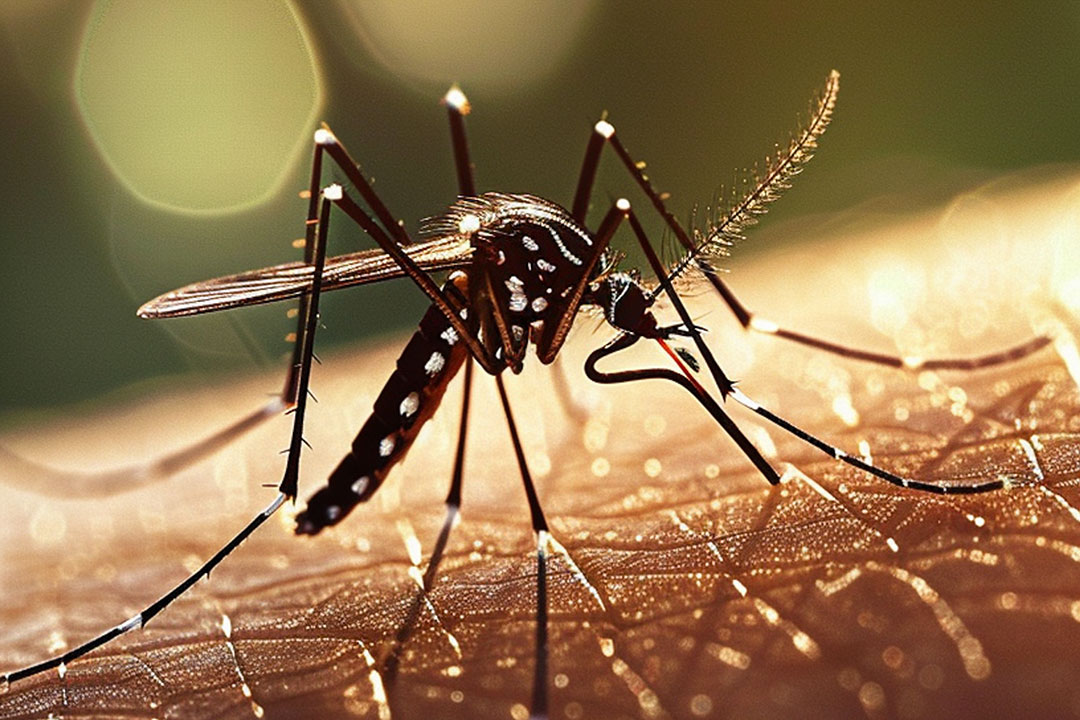
Medicine Cabinet
By Teodoro B. Padilla

Dengue is surging once again in the Philippines — putting thousands at risk and placing renewed pressure on the country’s health system. As of November 2024, the Philippines had recorded 340,860 dengue cases, the highest number in the ASEAN region.
Just two months earlier, Health Secretary Teodoro Herbosa had already sounded the alarm over a looming outbreak. Between Jan. 1 and March 15, the Department of Health (DoH) reported 76,425 cases, a 78% increase compared to the same period in 2024 (42,822 cases).
The number of dengue-related deaths has also risen. From Jan. 1 to Feb. 15, the country recorded 166 fatalities, up from 117 during the same period the previous year — a 42% increase. In 2024 alone, PhilHealth disbursed P3.55 billion for dengue-related claims, making it the second-highest reimbursed illness after pneumonia.
Beyond national trends, Metro Manila has seen a dramatic spike. From Jan. 1 to April 5, the DoH recorded 16,708 dengue cases in the region, which is 242% higher than the same period last year. This alarming surge coincided with the start of Dengue Awareness Month.
Dengue is one of the world’s most common mosquito-borne viral infections. Its incidence has increased 30-fold over the past 50 years, driven by urbanization, travel, and climate change. The World Health Organization (WHO) estimates that dengue causes 390 million infections annually, with the majority of cases occurring in the Asia-Pacific region which accounts for 70% of the global burden.
In response to the growing threat, the DoH launched its “Alas-Kwatro Kontra Mosquito” campaign. Every Monday at 4 p.m., communities are encouraged to join a nationwide clean-up drive, targeting mosquito breeding grounds. This initiative underscores the Filipino spirit of bayanihan, or communal cooperation, as a vital element of disease prevention.
The DoH’s efforts are anchored on an enhanced 4S strategy. First is, “Search and destroy mosquito-breeding sites”; second is Practice Self-protection (e.g., use of repellents, long-sleeved shirts and long pants, insecticidal nets); third is “Seek early consultation”; and fourth, “Support fogging/spraying” in hotspot areas where cases rise for two consecutive weeks.
The health agency also promotes the “Taob, Taktak, Tuyo, at Takip” method which is turning over, emptying, drying, and covering water containers to remove mosquito breeding grounds. These include puddles, roof gutters, flowerpots, old tires, and even bottle caps.
Meanwhile, the WHO’s Global Strategic Preparedness, Readiness and Response Plan, launched in October 2024, calls for strengthened research and innovation to fight dengue and related Aedes-borne diseases like Zika and chikungunya. The goal is to reduce infections and deaths through a coordinated international effort.
According to the WHO, there is currently only one vaccine available for the prevention of dengue in children who have previously had dengue. It has been approved in 40 countries. The WHO recommends the use of the dengue vaccine in children aged six to 16 years in settings with high intensity of dengue transmission.
Another breakthrough is Olyset, the first long-lasting insecticidal net endorsed by the WHO. Woven with slow-release insecticide, Olyset nets are widely used to protect sleeping children and families. Through partnerships with UNICEF and global donors, the nets are now distributed in over 80 countries, including the Philippines.
Effective dengue control demands a multi-sectoral approach, combining the efforts of government agencies, the private sector, non-government organizations, and communities. Rapid mobilization during outbreaks, resource sharing, and sustained vector control can only be achieved through collective action.
In support of these goals, the Pharmaceutical and Healthcare Association of the Philippines (PHAP) launched the “IBA ang BAKUNADO” campaign to raise awareness about life-course immunization. Vaccines help reduce the burden of preventable diseases like dengue as well as protect families and unburden the healthcare system.
PHAP also backs the objectives of the upcoming 8th Asia Dengue Summit, which will convene health experts, policymakers, and researchers under the theme: “Towards Zero Dengue Deaths: Science, Strategy, and Solidarity. The summit aligns with the WHO’s Global Strategy for Dengue Prevention and Control 2021–2030, which targets zero preventable dengue deaths by 2030.
Topics to be tackled include: national and global dengue policy; disease burden and surveillance; innovations in vector control and diagnostics; clinical management and outbreak response; and the role of communication and community engagement.
As dengue continues to threaten lives and livelihoods, the path forward lies in solidarity, science, and sustained action. By combining evidence-based interventions, local leadership, and regional cooperation, the Philippines, and the broader region, can make strides toward a future free from preventable dengue deaths.
Teodoro B. Padilla is the executive director of Pharmaceutical and Healthcare Association of the Philippines which represents the biopharmaceutical medicines and vaccines industry in the country. Its members are in the forefront of research and development efforts for COVID-19 and other diseases that affect Filipinos.